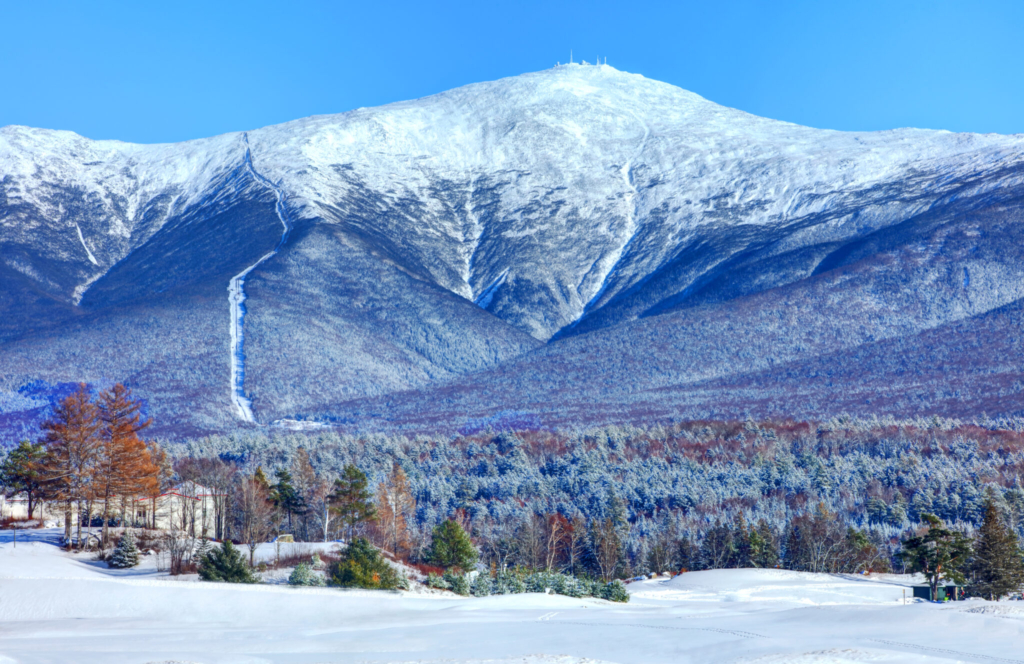For many years, geologists have pieced together the complex history of eastern North America’s formation. This narrative begins with plate tectonics— the movement of Earth’s crust influenced by the convective currents in the mantle below. Through this process, an ancient supercontinent named Rodinia was formed and subsequently dismantled. By approximately 550 million years ago, a remnant of Rodinia moved southward of the equator and remained dormant for millions of years. This remnant eventually became the core of present-day eastern North America.
Around 500 million years ago, tectonic activity revived, pulling fragments of other landmasses towards what would become eastern North America. These continental pieces, driven like components on an assembly line, collided in succession with the existing landmass. This series of impacts caused the fragments to merge, contributing to the formation of the continental margin.
As these continental collisions continued, they crumpled the landscape, pushing the amalgamated slivers skyward and giving rise to the Appalachian Mountains. To the west, eastern North America’s geological margin integrated with ancient formations that now define the western part of the continent, extending through the Midwest and into the Great Plains.
By around 270 million years ago, this geological activity concluded, leading to the unification of all Earth’s landmasses into the supercontinent Pangaea. Subsequently, around 200 million years ago, Pangaea began to fragment, giving rise to the Atlantic Ocean and nudging eastern North America closer to its contemporary position.
In the time since, erosion has shaped the peaks of the ancient Appalachians, leading eastern North America into a period of relative stability. This region is characterized by what geologists refer to as a “passive margin,” indicating that while it forms the edge of a continent, it does not currently sit at the boundary of a tectonic plate, which extends thousands of miles into the Atlantic Ocean to the east.






